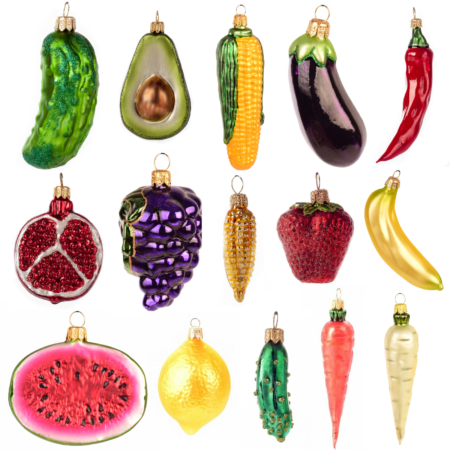Apple Growers https://t.co/wwGgGh6rwd https://t.co/3dy9uLEZWU pic.twitter.com/qrBAU7TSl3
— XKCD Comic (@xkcdComic) January 12, 2021
Shared without comment.
Agricultural Biodiversity Weblog
Agrobiodiversity is crops, livestock, foodways, microbes, pollinators, wild relatives …
Apple Growers https://t.co/wwGgGh6rwd https://t.co/3dy9uLEZWU pic.twitter.com/qrBAU7TSl3
— XKCD Comic (@xkcdComic) January 12, 2021
Shared without comment.

Too bad they’re out so stock, though. 2020, eh?